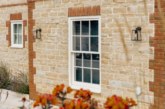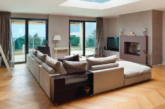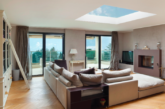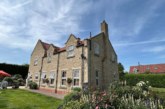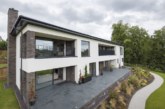
Small tweaks to the design of windows can lead to major improvements, lowering space heating costs, reducing overheating risk and maximising daylight according to the latest guide from the NHBC Foundation.
Windows – making it clear, Energy, daylighting and thermal comfort offers new analysis to help housebuilders optimise their window design. The guide studies four types of home, ranging from an average two-bedroomed mid-floor apartment to a four-bedroomed detached house. It provides solutions according to design priority and in addition it suggests worst and best case window options for each home type.
The results were modelled using the ‘Passivhaus Planning Package’; specialist software designed to provide analysis of energy use and comfort within homes. Researchers looked at how energy efficiency, daylighting and overheating were affected by changes to glazing, frame width, window area and the orientation of the property.
Although final decisions on window selection for a specific home should be based on more complex individual calculations, the NHBC Foundation hopes the results of its research will steer designers quickly to the better or most suitable options.
Commenting on the guide, NHBC Head of Research and Innovation Neil Smith said: “Housing designers make many technical choices, but few involve as many interactions and trade-offs as those related to the selection of windows. The challenge for the designers of today’s new homes is to minimise winter space heating demand while keeping overheating within acceptable limits, and also maximising the amount of daylight entering the home.”
Neil added: “This guide reveals the significant and sometimes surprising effects of making changes to glazing type, width of frame, area of glazing and orientation of the home. It provides useful aids to help designers easily identify where the most promising solutions lie for a typical range of home types.”
For more detailed information and to download the publication, please click here.

